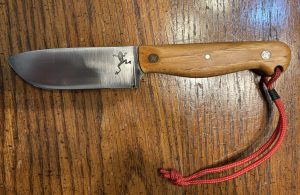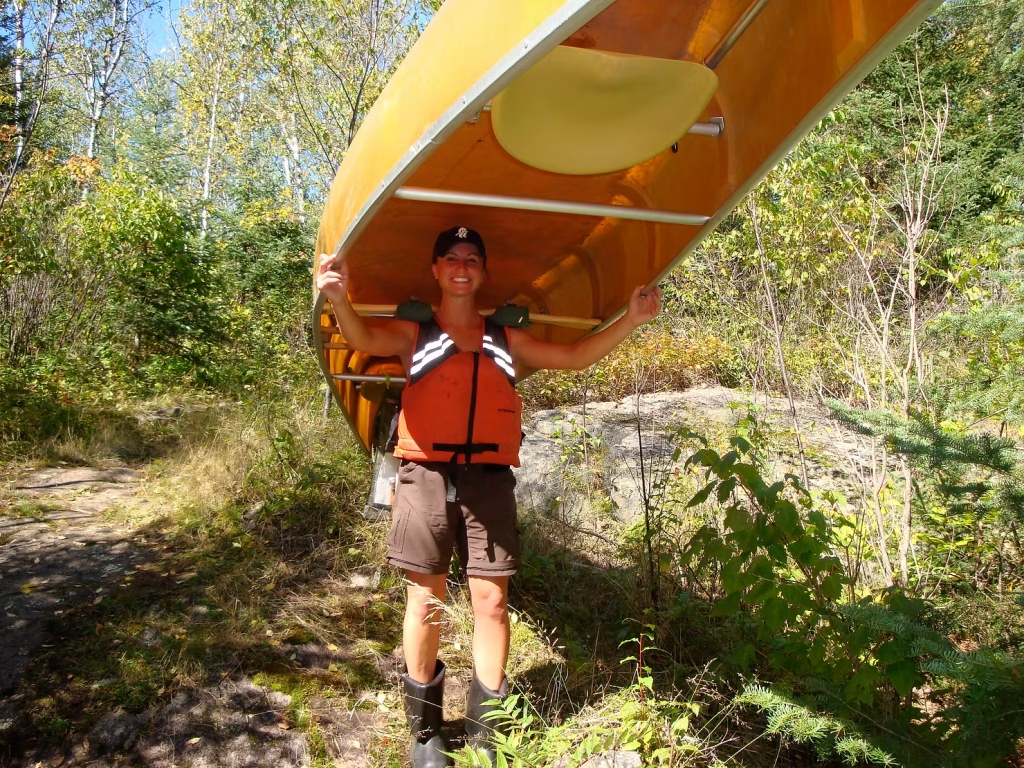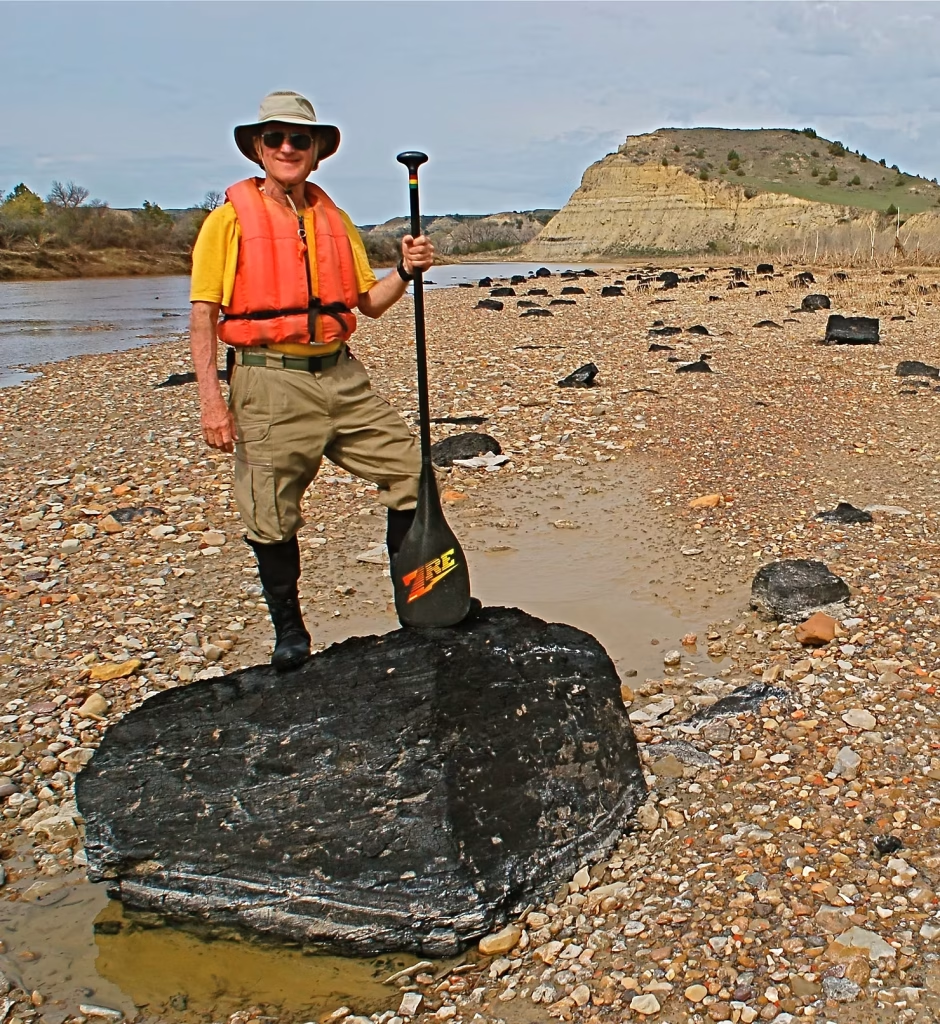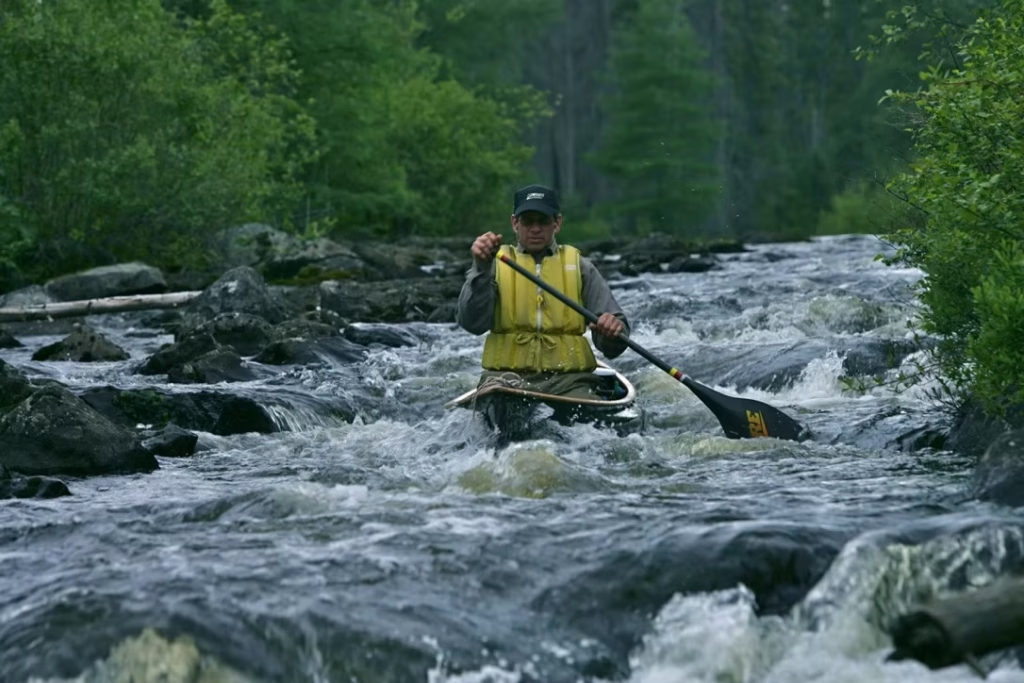
KAYAK OR CANOE–WHICH IS BEST FOR YOU?


Kayaks now outnumber canoes on almost every waterway. Why are they so popular?
Some years ago, I guided a group of teens on a canoe trip in Minnesota’s Boundary Waters. As we rounded a point, a yellow kayak darted toward us. The paddler—a young woman in her twenties—flashed a smile, then poured on the coal. In a flash she was gone.
The kids, in their banged up aluminum canoes, were spell-bound. “Why can’t we have those?” they pleaded.
I just grinned and said, “You’ll see.”
Twenty minutes later, we reached a portage that bypassed a beaver dam. We had to balance on sinking logs to unload the canoes; everyone was up to their knees in muck. The trail soon deteriorated into a swamp and we began a game of musical canoes—one minute we paddled; the next we waded and dragged. Finally, we came to a dead end and began a mucky portage that ran a quarter mile.
Shortly, we came upon the kayak. It was stuffed into some brush and there was a heap of colorful dry bags (gear bags) nearby. The young woman was sitting silently on a boulder.
“How do you like your kayak?” I teased.
She looked up scornfully and replied: “Wanna trade boats?”
We all pitched in and carried her gear, sharing conversation along the way. She said her parents owned a cabin on the Flambeau River in northern Wisconsin, and that’s where she did most of her kayaking. She figured the big water of the Flambeau flowage would be good preparation for the Boundary Waters.
“I didn’t figure on the portages,” she moaned. “It was a nightmare getting in and out of my kayak so many times—stuffing and unstuffing bags at every portage. And my (double) paddle kept catching in the brush on the beaver stream. It was awful!

Most kayakers I know will readily admit that their boats are out of place in Minnesota and Wisconsin lake country, especially in areas where there are portages. If you’ve ever carried a kayak very far, you know why! If you fit the craft with a canoe-style carrying yoke, your head will be buried deep in the cockpit, with no view of the road ahead. This may be acceptable on a clear trail, but not on a tortuous one where one misstep may mean a broken leg.
Knowledgeable kayakers generally scorn yokes. Instead, they hoist their kayak on to one shoulder or drag it behind them like a dog on a leash. Neither method works well for very long. There are some “high” yokes which prop the kayak well above your head so that you can see the trail ahead. They work, but the high carry is awkward, more so if you have to duck under trees.
Given these handicaps, why are so many paddlers choosing canoes over kayaks? Three reasons:
- People who like to go alone find that a kayak is easier to paddle and control than a canoe. It takes some skill to paddle a canoe in a straight line, especially if you don’t have a partner. But anyone can paddle a kayak (with a double paddle) in a straight line without training.
- Price: Six hundred to 1,000 dollars (some short, recreational boats go for less) will buy you an entry-level kayak. Good canoes cost much more, nearly $4,000 for state-of-the-art models.
- Kayaks look cool and they get a lot of flashy press, so people have a mindset that they’re better than canoes. They don’t understand the benefits of canoes.
For example, a family of three will need three kayaks. Or, they can fit all in one tandem (two person) canoe. The single canoe will be lighter, easier to car-top and store, more comfortable to paddle (you sit high and can alternately kneel) and probably less expensive than three kayaks.
Okay, so you’re not going to the Boundary Waters or Quetico, and you don’t camp out. Threading beaver streams isn’t in your plans either. But if kayaks really are quicker, easier to paddle and more fun than canoes, then they’re perfect for your lake cabin. Right?
Maybe not. To understand the ageless lure of the canoe, let’s explode some popular myths.
Myth: You need more skill to paddle a canoe than a kayak
This myth persists because a novice can look good in a kayak on a mirror-calm lake, whereas it takes some skill to maneuver a canoe. But wind and waves change everything! You’re on your own in a solo kayak–there is no partner to help maintain the course or to keep up steam. You need a proper “paddle brace” to stay upright in bad waves, plus a reliable “Eskimo roll” to right yourself if you do capsize. You won’t master these advanced techniques in a single season!
Now, play the same scenario in a well-designed double-canoe. You have two synchronized engines running with equal power applied to both sides of the canoe. If things get dicey, just point your craft into the wind and power ahead. The stern person may occasionally need to rudder to hold the canoe on course. Contrast this with a solo kayak in which one paddler does everything.
A beginning kayaker can get around fine on calm water, without instruction. Canoeists need some training. Without it, they may just go around in circles until they learn to paddle right.
The learning curve for kayaks is gentle at the start but it gets steeper as you learn. With canoes, it’s the opposite–which brings us back to our original premise that it takes less time to “look good” in a kayak than in a canoe. Fact is, it takes equal discipline to master either craft.
Myth: Kayaks are faster than canoes.
No. Canoes and kayaks are both displacement hulls; their top speed is a function of their length. The longer the boat, the faster it will go. You can compute the maximum speed by applying this over-simplified formula: Speed = 1.55 times the square root of the water-line length, measured in feet. Thus, an 18-foot canoe or kayak will peak out at about 6.6 miles per hour while a 15-footer will run roughly 6.0 miles per hour. You can plane a displacement hull (and thereby exceed its maximum speed) for a short distance if you paddle hard enough, but your body won’t stand the abuse for long. As soon as the craft drops off plane it will bog down and sink in its own wake.
Don’t confuse top speed with ease-of-paddling! The formula tells you only the maximum hull speed the boat can attain, not the amount of effort required to get it there. A fat canoe and a skinny kayak of equal length can achieve the same top speed. But the narrow kayak will paddle more easily because it has less wetted surface area (and therefore, less friction) than the canoe. And yes, there are narrow canoes and fat kayaks. Guess which paddles more easily?

Cliff, standing on a lump of coal. Little Missouri River, North Dakota
Myth: A double paddle is easier to use than a single paddle.
No, but it is more efficient, simply because the effort used to return one blade to the catch position is used to power the opposite blade. But a double-paddle is twice as heavy as a single canoe paddle, so you lift more with every stroke. And wind attacks the air-borne blade so you have to “feather” it on the return stroke, which requires rotating the shaft each time. Over the long haul, this can cause tendonitis. That’s why some paddlers choose non-directional blades that can’t be feathered. The horizontal “windmill” arm position also bothers some people. I’m one who can’t tolerate it for long. Note: The Inuit people preferred single-blade paddles for hunting the narrow passages between ice floes.
Myth: A kayak is more comfortable than a canoe.
Essentially, you wear a kayak. Once “shoe-horned” into the hull, you’re stuck there. Downed trees, portages and even docks pose problems getting in and out, especially if you’re not athletic. Grandma won’t like your kayak, and neither will your dog.
The seating position is cramped and your legs fall asleep. Water gets by the paddle drip rings and runs down your arms and into your lap. Of course, you can wear a spray skirt and a dry suit top. But bare arms and breathability are precious in the heat of July.
The higher seating (or kneeling) position of the canoe also permits a better view of the road—that’s why decked canoes often lead kayaks down dicey whitewater passages. You’ll see wildlife better from the higher seat of a canoe, and have a more stable platform from which to fish or photograph.
Myth: Kayaks are more maneuverable than canoes.

Canoe is a carbon-Kevlar Bell Flashfire.
Than some canoes, yes! It depends on hull design. A short, fat boat (canoe or kayak) will usually turn more easily than a long narrow one; a highly rockered (the ends curve upward like the rails on a rocking chair) craft will turn faster than a straight-keeled one. Some hot whitewater canoes and kayaks are so twitchy that a quarter paddle stroke will spin them full circle! Stay away from these boats unless you know your stuff.
THE BOTTOM LINE
The bottom line is to choose a craft that fits your needs. Try it before you buy it—if it makes you smile it’s right for you!
A canoe or kayak is usually a wise investment. Low-to-mid-priced models will retain about 75 percent of their original value after five years, if they are well-maintained. High end boats often appreciate! Remember this, if your dream boat costs more than you had planned to pay.
————————————–
*My flagship book, CANOEING WILD RIVERS, 5th Edition, contains a wealth of advice on how to safely canoe difficult rivers.
My book CAMPING’S TOP SECRETS, 5th Edition, details practical camping tips and procedures that only the experts know. If you know just a few of these tricks you’ll be a hero to your friends!
*My teen book, JUSTIN CODY’S RACE TO SURVIVAL! mixes a fictional wilderness survival tale with practical outdoor tips everyone should know–a first for books of this type. Adults love it too! Now available as an audio book!
My long out-of-print book, CANOEIST’S Q&A (available as an e-book and Audible) contains 25 true scenarios (plus FAQ’s) that define the wilderness canoeing and camping experience–a great training tool for those who go beyond the beaten path – now available as an audio book under the new title PADDLER’S GUIDE: WHAT TO DO WHEN THINGS GO SOUR.

